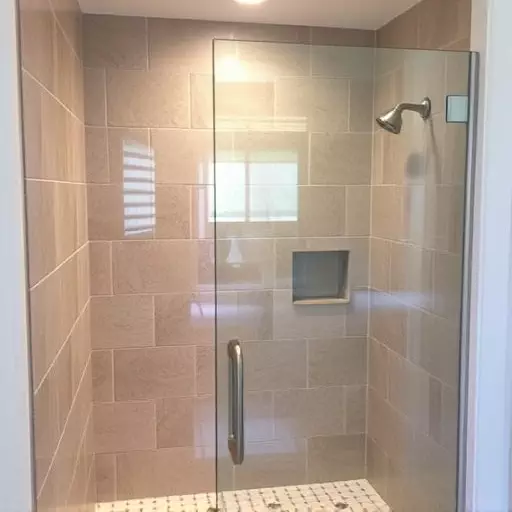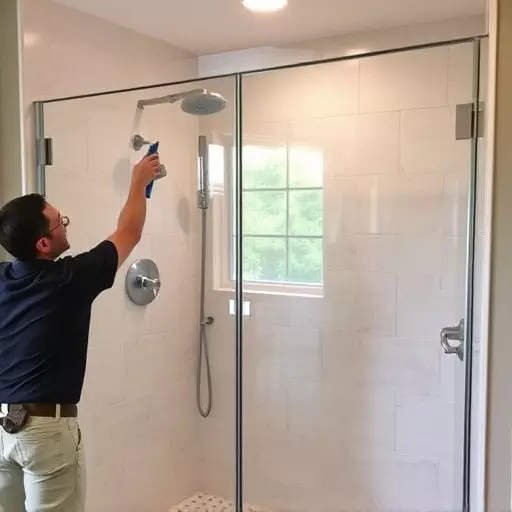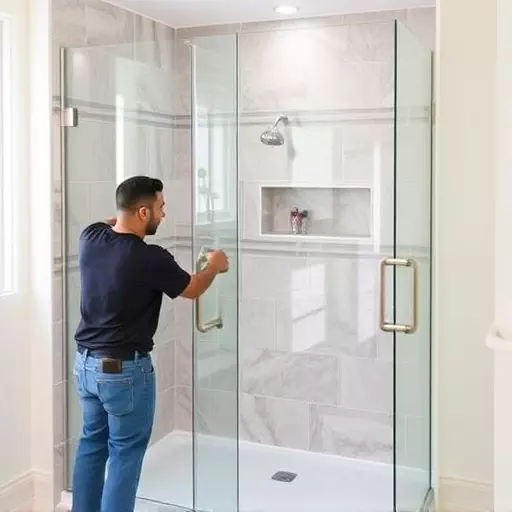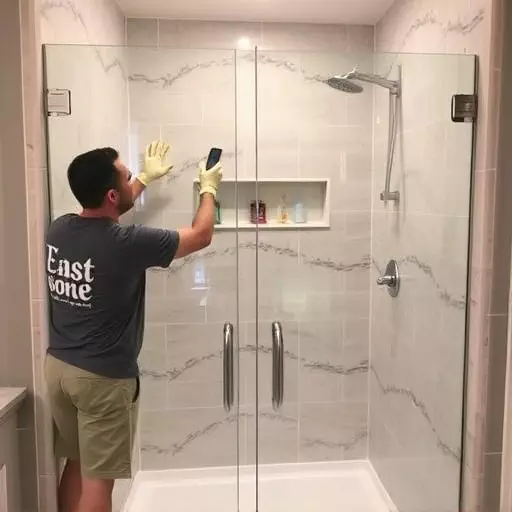Shower glass protectants enhance appearance and longevity by preventing streaks and mineral buildup. Apply every 3-6 months in Lake Orion, Michigan, based on water quality, usage, and cleanliness. Effective DIY application involves cleaning, drying, and even layering a high-quality protectant using proper techniques like microfiber cloths to achieve optimal water repellency and maintain pristine shower glass.
“Enhance your bathroom experience in Lake Orion, Michigan, with our comprehensive guide on shower glass protectant reapplication. Learn the ins and outs of maintaining clear, streak-free glass surfaces. We delve into the optimal reapplication schedule, revealing why timely treatment is key to long-lasting protection.
Explore effective application techniques to ensure maximum adhesion and durability. Plus, discover a DIY approach for those eager to apply their own protectant at home, offering a cost-efficient alternative to professional services.”
- Understanding the Reapplication Schedule for Shower Glass Protectants
- Effective Application Techniques for Optimal Protection
- DIY Guide: Applying Glass Protectant at Home
Understanding the Reapplication Schedule for Shower Glass Protectants

Shower glass protectants are a great way to keep your glass surfaces looking pristine and streak-free. Understanding the reapplication schedule is key to maximizing their effectiveness. Most high-quality shower glass protectants offer protection for several months, but this can vary based on factors like water quality, usage frequency, and surface cleanliness.
To ensure optimal results with DIY applications or professional services in Lake Orion, Michigan, it’s recommended to reapply your shower glass protectant every 3 to 6 months. Regular maintenance not only keeps your glass looking new but also helps prevent mineral buildup and water spots. Proper application techniques, such as using a microfiber cloth and following the product’s instructions, will further enhance the durability of the protective layer.
Effective Application Techniques for Optimal Protection

Applying a glass protectant correctly is key to achieving maximum protection for your shower doors and windows in Lake Orion, Michigan. Start by ensuring the surface is clean and dry. Use a soft cloth or sponge to gently wipe away any dirt or residue, making sure there’s no water left behind. This step is crucial as it allows the protectant to bond effectively with the glass.
For optimal results, follow the manufacturer’s instructions regarding application techniques. Most DIY glass protectants can be applied using a spray bottle or a lint-free cloth. Spray an even layer onto the glass surface, covering all areas evenly. For hard-to-reach spots, use a cloth to gently rub in the product, ensuring complete coverage. Allow the protectant to dry completely before opening the shower door or touching the glass to avoid smearing. Regular maintenance and reapplication according to the product’s schedule will keep your glass surfaces looking pristine and protected.
DIY Guide: Applying Glass Protectant at Home

Applying a glass protectant at home can be a cost-effective way to keep your shower glass looking pristine. Here’s a DIY guide for applying a glass protectant in Lake Orion, Michigan, focusing on effective techniques that ensure long-lasting protection. Start by gathering your supplies, including a high-quality glass protectant suitable for shower surfaces and a clean microfiber cloth or sponge. Ensure the area is well-ventilated to avoid inhalation of any fumes from the product.
Begin by thoroughly cleaning the shower glass with warm water and a mild detergent to remove any dirt, soap scum, or mineral deposits. Rinse the glass until it’s completely dry. Next, apply an even layer of glass protectant onto the surface, following the manufacturer’s instructions on how much product to use and how to distribute it evenly. Use the microfiber cloth or sponge to buff the protectant until it creates a glossy, non-streaked finish. This step is crucial for achieving optimal protection and water repellency.


